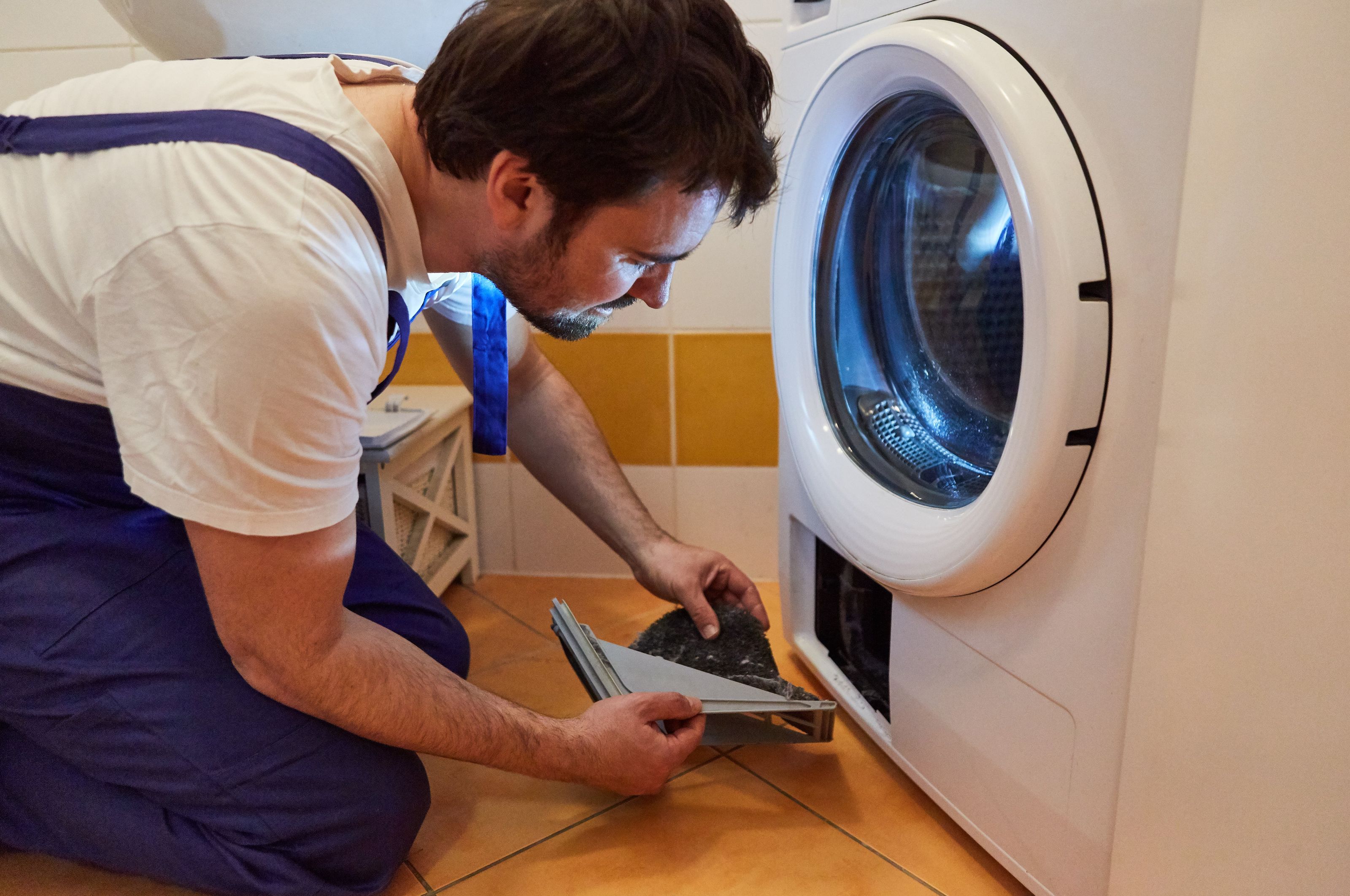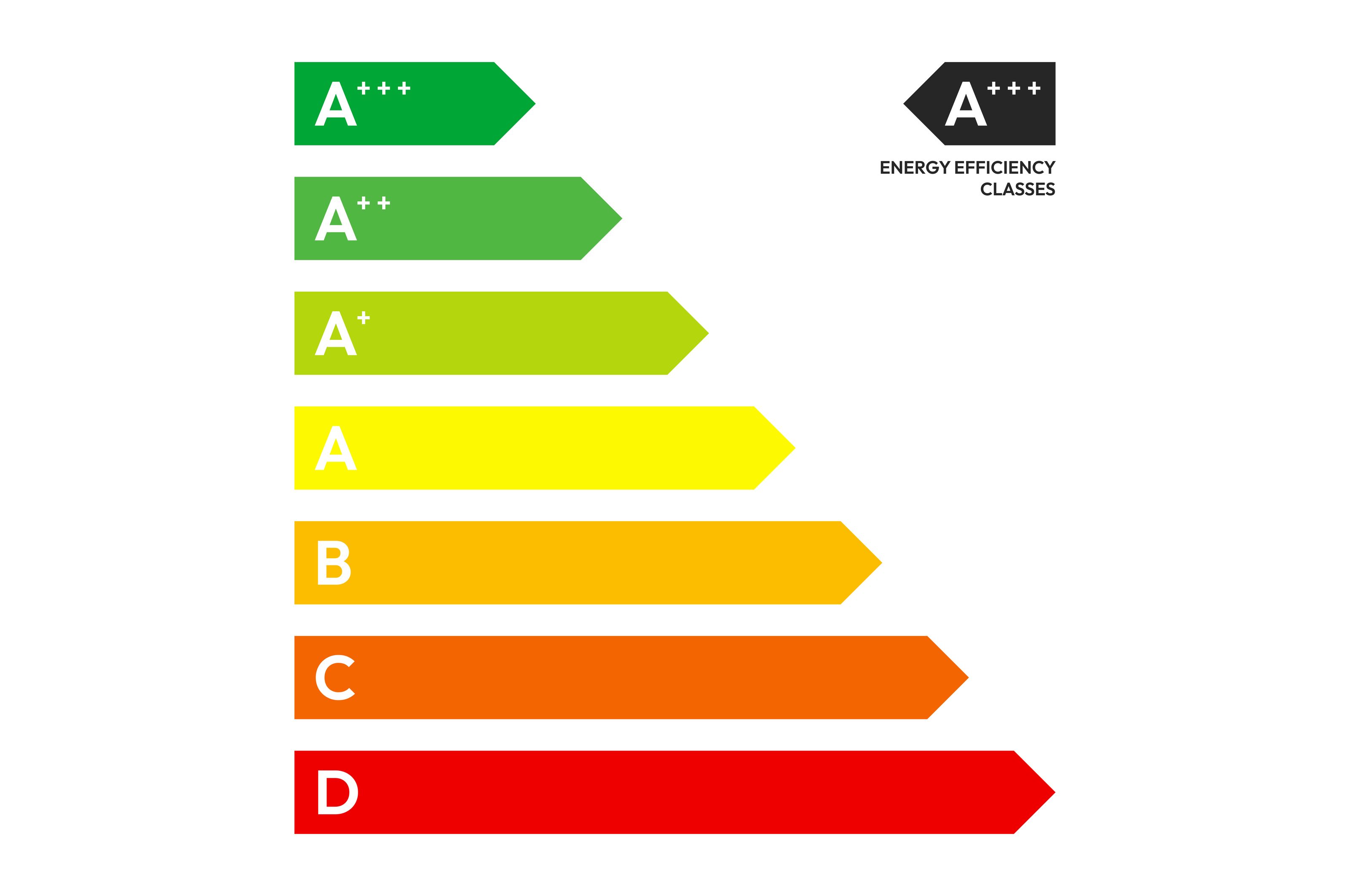Should You Repair or Replace Your Tumble Dryer?

When your tumble dryer starts acting up, you might find yourself caught between two tough choices: should you repair it or replace it? This decision is about more than just the upfront costs; it also involves evaluating the appliance's age, condition, and efficiency. To help you make the right choice, we’ve put together this guide to navigate through the key considerations and offer practical advice on common repairs.
Key factors to consider before repairing or replacing your tumble dryer
To determine whether to repair or replace your tumble dryer, it’s important to consider the following key factors:
Age of appliance

How old is your tumble dryer? If it's been with you for more than seven to ten years, it might be nearing the end of its lifespan. Older models are more prone to frequent breakdowns, and advancements in technology mean that newer models are not only more reliable but also more energy-efficient.
Cost of repairs

Think about the cost of fixing your tumble dryer. Minor repairs such as replacing a door seal might be relatively inexpensive, but major issues such as a broken heating element can get pricey. Get a detailed repair quote and weigh it against the cost of a brand-new dryer. Sometimes, investing in a new appliance can save you more in the long run.
Energy efficiency

Older dryers often consume more energy, leading to higher utility bills. Newer models are designed to be more energy-efficient, which means they use less power to dry your clothes. If you're looking to cut down on your energy bills, replacing your old dryer with a new, efficient model could be a smart move.
Availability of parts

Find replacement parts by searching by model on our dedicated Beko spare parts website for genuine parts. While parts might be harder to come by for older models, we keep parts for repairs for a minimum of 10 years.
Common tumble dryer issues and repairs
Common tumble dryer issues often come with universal solutions. By understanding these typical problems and their repair options, you can better assess whether it’s worth investing in repairs or if it’s time to replace your dryer.
Tumble dryer belt replacement
The belt in your dryer helps the drum spin smoothly. If the drum isn’t spinning, it might be time for a belt replacement. To check, manually spin the drum – if the belt is in good condition, the drum should feel stiff and resist spinning. If the drum spins too easily, it could indicate a broken belt. Avoid attempting repairs on your own and contact Beko’s Customer Care team at 0333 207 9710 for assistance. Our skilled Customer Care team is ready to assist and arrange any necessary technical support for you.
Bearing replacement
Bearings enable the drum to rotate smoothly without wobbling. Over time, they can wear out, leading to noise or shaking. Replacing bearings can be complex and may require specialised tools. If your dryer is making loud noises or vibrating excessively, obtaining a repair quote is advisable to determine if bearing replacement is practical. Additionally, wobbling or excessive vibration could be due to an uneven surface. In such cases, adjust the feet at the bottom of the dryer and ensure the appliance is level.
Heating element replacement
The heating element is crucial for drying your clothes effectively. If your dryer isn’t heating up, a faulty heating element could be the cause. While this repair can be expensive, it may be worthwhile if the rest of your dryer is in good condition. Alternatively, consider whether you’re overloading the dryer. Excessive loads can restrict air flow, making the dryer work harder, take longer to dry clothes, and eventually overheat, leading to potential damage. Make sure to leave enough space in the drum for proper air circulation. Also, a lack of heating could indicate an issue with the drive belt, so be sure to check that as well, following the instructions above.
Capacitor replacement
The capacitor helps start the dryer’s motor. If your dryer hums but doesn’t start, the capacitor might need replacing. This part is relatively inexpensive, but if your dryer has multiple issues, consider whether repairing or replacing is more economical.
Should you repair or replace a Beko tumble dryer?
Beko dryers are a popular choice for their value for money and reliability, offering year-round solution for any household. But when issues arise, should you repair them or look for a new one? Here’s how to decide:
Beko tumble dryer repairs
Beko tumble dryers can encounter issues, such as problems with belts, bearings, heating elements, and capacitors. The good news is that all Beko tumble dryers now come with a Free 10 Year Beko Parts Guarantee, which covers the replacement of faulty parts within the first ten years, provided they are fitted by Beko service representatives and the appliance is registered. Note that while parts are covered, labour for the repair is not included and will be charged at the time of booking. For more details, please refer to the Beko Guarantee Terms & Conditions.
Beko tumble dryer replacement
If your Beko dryer is over ten-years-old and facing multiple issues, it might be time for a new one. New Beko models, especially Heat Pump Tumble Dryers, offer improved energy efficiency and modern features, potentially saving you money in the long run. Evaluate the repair costs against the benefits of upgrading.
How to assess the cost-effectiveness of repairs
To determine whether repairing your tumble dryer is a cost-effective choice, it's essential to evaluate several key factors. Here is how to assess repair costs, potential savings, and how they compare to investing in a new appliance.
- Get a repair quote: Start by obtaining a quote for parts and labour. Having a clear picture of the potential expenses will help you understand whether the repair is feasible compared to buying a new tumble dryer.
- Calculate the cost per year of service: To assess the value of the repair, divide the total repair cost by the number of years you expect the repair to last. This calculation will give you the annual cost of maintaining your current dryer. Compare this figure to the cost of a new dryer and its expected lifespan to see which option offers better value in the long run.
- Consider the long-term savings: Evaluate potential energy savings from a newer, more efficient model. Modern dryers often have improved energy efficiency, which can lead to lower utility bills over time. Consider how much you could save on energy costs with a new dryer and whether these savings justify the investment.
- Assess the overall condition of your dryer: Consider the current condition of your tumble dryer beyond just the repair issue. If your dryer is old and prone to frequent problems, the cumulative cost of repairs might outweigh the benefits of a new, more reliable appliance.
- Factor in warranty and guarantee: New dryers typically come with warranties or guarantees that cover parts and labour for a certain period. For instance, all Beko’s tumble dryers come with a 10 Year Parts Guarantee. This added protection reduces your future repair costs and provides you with a peace of mind. Compare this with the coverage on your current dryer and consider whether a new model with a more favourable warranty might be a better choice.
FAQs
How much does it cost to repair a tumble dryer in the UK?
Repair costs vary widely. Minor repairs might cost from £50 to £100, while major repairs could range from £150 to £300, or more.
How often should a tumble dryer be serviced?
It’s a good idea to regularly maintain your tumble dryer annually to ensure it operates efficiently and to prevent issues.
Can I replace my tumble dryer belt myself?
Replacing a tumble dryer belt can be complex, and we recommend seeking professional help to prevent any further issues. Get in touch with Beko’s Customer Care team at 0333 207 9710 for expert assistance. Our Customer Care team is available to provide guidance and arrange any necessary technical support.
Is it worth repairing a ten-year-old tumble dryer?
A ten-year-old dryer might not be worth repairing, especially if it has multiple issues. Consider the repair costs and energy savings from a new model before making your decision.
When faced with the choice between repairing and replacing your tumble dryer, consider all factors. Weigh the costs of repairs against the potential benefits and longevity of your current appliance. Consider the dryer’s age, the expense of repairs, energy efficiency, and the availability of replacement parts. By evaluating these aspects, you can make a well-informed decision that best suits your specific situation and needs.
Did we answer your question?
We are so sorry we were unable to answer your question. You might be able to find the answer you are looking for in the ‘Related Questions’ below. If your query is still unanswered, please head over to our Contact Us page for further assistance.
Search FAQ’s
Search or browse our frequently asked questions to find the answer to your query.




